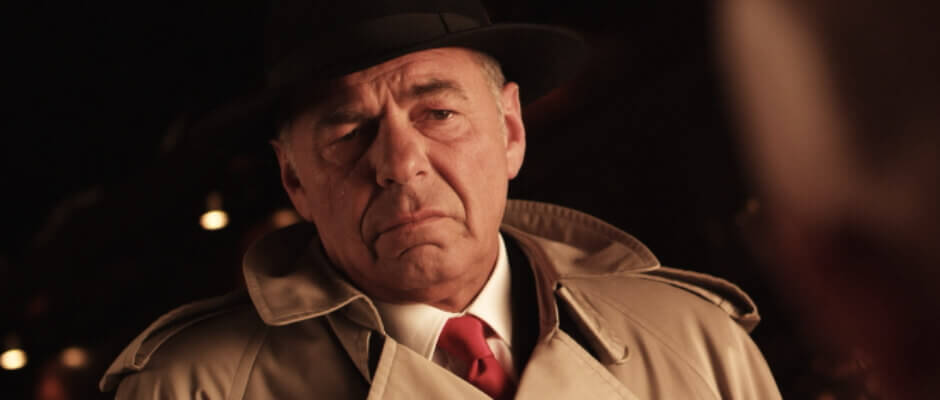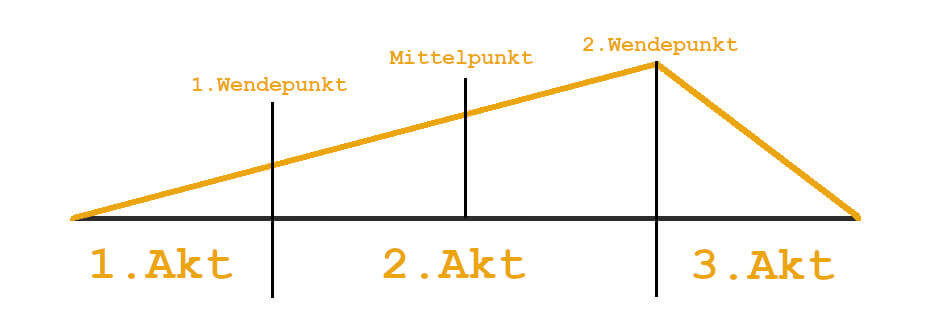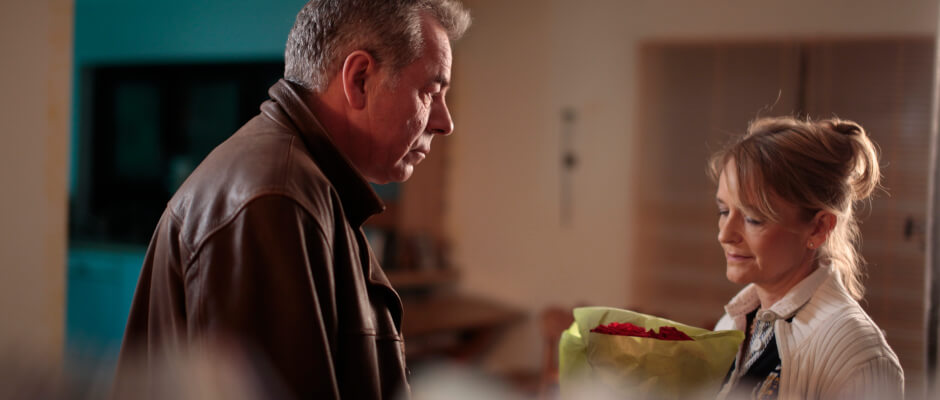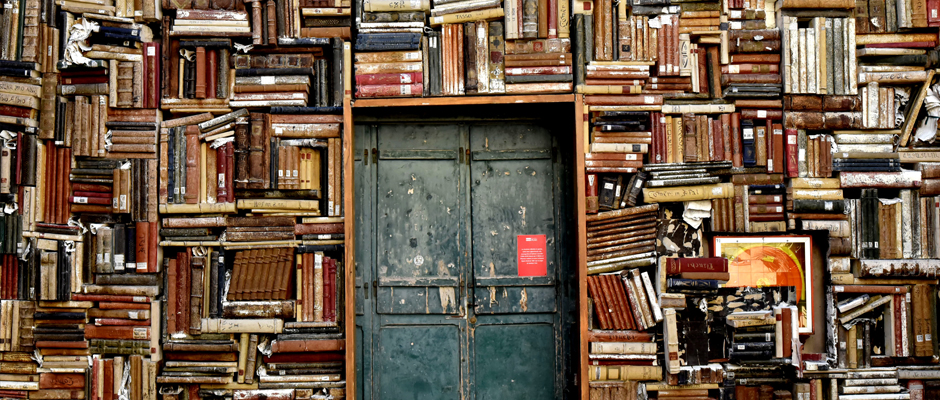Screenwriting is an art, a science and a craft. Below, I’ll show you the most important screenwriting techniques that will make your life as a screenwriter way easier. Learn from numerous practical examples and use any or all of these techniques to quickly get the results you always dreamed of.
Screenwriting has always been the most difficult discipline for filmmakers. It’s the first problem to be solved, because without screenplay, none of the other departments can work their magic.
| For Beginners ► | Advanced Techniques ► |
Inhalt
Screenwriting for Beginners
A structured approach is beneficial to screenwriting. At the very beginning, it’s all about finding movie ideas. The blank page can be pretty intimidating. That’s why I recommend two creative exercises, especially for beginners, to relax and generate as many ideas as possible: brainstorming and loglining.
The best way for beginners to get started with screenwriting.
Creating Material
„Invention, it must be humbly admitted, does not consist in creating out of void, but out of chaos.“
– MARY SHELLEY
First, you should create as much raw material as possible. Using the brainstorming technique, you can let your ideas run free. Write down everything that comes to your mind. You may associate freely, completely without criticism or self-censorship:
- Moments
- Motifs
- Characters
- Images
- Themes
- Pieces of Dialog
- Scene ideas
From this chaos, from this chaos without order, you can draw a lot in the whole writing process. This is your personal raw material, which you simply let flow in this phase. Don’t put any pressure on yourself. Write everything down without judging it. Everything should be on the page to be stored for later. Nobody ever needs to see these lines but you. You still have all the freedom in the world.
Forming ideas
In the second step, we become more specific: Write down the first movie ideas that you have in mind. Try to formulate at least 15-20 ideas as one-liners. It doesn’t matter if the sentences are a little longer. The ideas simply have to flow again – criticism has no place here! As with brainstorming, don’t judge anything, just write down everything. There are two types of one-liners, first the premisem, the still raw movie idea, and second the perfected “logline” to sell your material. At the beginning of the writing process you should be in a protected, creative space and shouldn’t think about selling anything yet. This is the only way you can work freely. Always remember that your premise one-liners don’t have to be perfect. Once you have your ideas, you can move forward and start implementing them.

Screenwriting as a Craft
Screenplays are written to be filmed, much like plays are written to be performed on a stage. Thherefore they edemand a lot of imagination from us. If you’re writing a screenplay, it’s worth creating an outline. With it you always have a guideline that you can use as a guide and document your progress.
„Screenplays are more architecture than literature.“
– ELIA KAZAN
If you’re unsure about screenplay formatting, I recommend reading lots of screenplays. It’s the fastest way to learn formatting conventions. However, beginners should first focus on putting as many of their own ideas as possible on paper before trying to get something into the right form.
Finding Stories
The most important element in screenwriting is the so called want of the main character. It’s a clearly recognizable goal that sets up the storyline and is strong enough to carry the film for 90 or 120 minutes. This want becomes as strong as possible when your protagonist pursues it with a burning passion. If you know what the most popular genres are, you already know the most popular wants. Perhaps there is no clearly recognizable want in your favorite movie idea. In this case, it will be very difficult to develop an exciting movie plot from it – maybe you should devote yourself to another idea.

Finding the Story. Photo: Bernd Hentschel
Creating Movie Characters
Characters are at the center of every story. Movie characters are the motor driving the movie. The bridge between the main character and the plot is the character orchestration: How do the individual characters relate to each other, who works for whom and who changes sides? Who is the adversary, who are the allies?

Hans Rüdiger Kucich as a main character in RABENSCHWARZ
„First find out what your main character wants, then just follow them.“
– RAY BRADBURY
It doesn’t matter whether you start from character-driven or plot-driven storytelling, the characters are always the most important thing. In plot-driven narration, we try to approach the characters from the outside, in character-driven narration from the inside.
„To find a character, look for something physical that is connected to their inner attitude.“
– RUTH THOMA
Both approaches have their strengths and weaknesses. If you focus too much on a character’s inner life, the story loses some of its external tension. On the other hand, if you focus too much on the actions of the character, the story loses depth. We should always try to combine both approaches as much as possible. Character and plot are ultimately two sides of the same coin and the main character is the key to the story’s emotional power.
If you know your movie characters, you probably already think about their appearances .
Developing Plot
One issue that worries many writers is the logic of the plot, or the dreaded plot holes. We shouldn’t waste any time on this. If you think too hard about it, there’ll always be holes in the plot.

As long as your character’s motivations are clear (why they want what and why now) and you make sure that the plot follows a causal relationship (A follows B, B follows C), you’re on the safe side. The decisive factor is to awaken empathy for the characters in the viewer and not to let go until the end.
„If you confine coincidences to the backstory, your work will not deter, it will impress”
– ARISTOTELES
Writing scenes
Every good scene is a story in itself. It has a beginning, a middle, and an end. Like stories, each scene is driven by the want and needs of the characters. First, ask yourself who the main character of the scene is. This doesn’t have to be the main character of the story, each scene can have a different one. What is your character’s want? Who is your adversary? How does the scene end? When you plan a scene, it’s sufficient to list the individual scene beats. That makes it easier to rewrite and improve.
Writing Dialog
Writing good dialog is the fine art of screenwriting. That’s because dialog can never stand on its own. Movie dialog is always just the tip of the iceberg. If the characters, plot and theme of the movie don’t work, how should the dialog all of a sudden make it work? The exchange of blows between the characters depends on everything else being well worked out beforehand.
„Nothing is deeper than the German language and nothing is shallower than the German speech.”
– FALCO

Dialog scene between Hans Rüdiger Kucich and Ute von Stockert
A very weak dialog already fails on the functional level, i.e. the motives of the characters remain unclear. As a result, the viewer doesn’t understand what the writers want to tell. A mediocre dialog may be functional, but it lacks the character of the speakers and therefore comes across as very flat. If you want to know more about dialog, I recommend you take a look at the master of dialog Quentin Tarantino.
Writing better dialog explained using a concrete example.
Practical Screenwriting
The human brain is a fascinating tool. Again and again I meet writers who are either structured planners or creative writers (plotters or pantsers). Creatitivy is mostly fired up in the right hemisphere while analytical thought is in the left. In most cases, however, neither plotters nor pantsers are interested in learning anything about the writing process of the other. In my opinion, we should use our whole brain when we are writing, so I want to examine both sides in more detail.
Every writer has to find their own writing process. Screenwriting in particular is caught between the extremes of strict rulebooks and the absolute freedom. Of course, movies have a very specific form. On the other hand, viewers expect a creative revelation, something new, something original from their theatre experience.
Creative Writing or Outlining
Every writer has to rely on their process. After all, results should come out in the end. So develop your skills and build a reliable writing process that you can repeat over and over again. During every stages of the process you will use both creative techniques and analytic techniques, even if you’re not aware of it.
Your personal writing process
You come up with many different ideas. The ideas are literally bubbling up on the page. This is the most important creative part of your work. From these ideas you choose one that seems promising to you. The decision isn’t creative, even if you feel like you’re making it instinctively.
Next, you explore that idea. You use creative writing techniques to try out completely different directions. You are completely free and unbound and can reject this idea at any time. Without criticizing or evaluating yourself, you manage to write many pages that you can work on later.
Develop stories and record results
You realize that you really want to pursue this idea. Therefore, you identify its potential and its weaknesses (you can write a short essay on this, for example). You know what your goal is: you really want to write a screenplay. What steps do you need to complete first? what are your milestones? Will you work out a treatment or an pitch paper first? When is your deadline? How do you allocate your time until the deadline? What are the smaller steps in between? Create a schedule with the most important dates. How do you track your progress?
In addition, you encourage your creativity by answering these questions:
- Where are your writing rooms and what do they look like?
- How do you keep yourself in the right writing mood?
- What writing exercises do you use to warm up?
- What do you do when you have writer’s block?
When you write, you keep switching back and forth. The better the transitions work, the longer you stay in the flow:
- Create your first scenes
- Find a story in these scenes
- Create your first characters
- Find differences between these characters
- Create possible themes
- Decide on a theme and vary it based on the characters
- Create the world and its basic backstory
- Distinguish individual locations in this world from each other
- Create possible symbols for the story
- Choose symbols and develop them as the story progresses
- Develop an initial storyline (plotting the story)
Drafts and Rewriting
As soon as your first draft of the script is ready, it’s time to revise it. This step is massively underestimated by most screenwriters, because revising a text fundamentally doesn’t mean rephrasing its sentences – this is just scratching the surface. Instead, it’s about improving the underlying structure so that the story within can unleash its greatest possible power on the audience. This process works best using a scene list that can be easily changed. Structural feedback from a script doctor is highly recommended in this step. Only when the structure of the screenplay and then that of the individual scenes is right should you commit yourself to your action lines – and, of course, we only dedicate ourselves to dialog at the very end.
You rearrange your storyline until it’s at its strongest. This is the hardest step in all of writing. The goal here is to revise the structure, not just to make superficial changes. You will also constantly switch back and forth between new ideas and the evaluation of these ideas.
In the final phase of the writing process, you correct any mistakes. This is editing the text, including grammar, punctuation, spelling and the like. I call it cosmetic correction. This work can be very satisfying because you already have a quality product and all you have to do is to polish it. The screenplay makes you proud and frees you from the heavy burden you’ve been carrying all this time. When you get here, move on to the next project and your writing process can start all over again.
“If reworking solves one problem and also solves another, you’re on the right track”
– DAVID TROTTIER
Getting Feedback
No writer really works alone. At the desk yes, but not in the entire writing process. Getting feedback is important to improve your work and to nurture your relationships with other writers. To do this, you need to know how to get feedback, from whom, and how to process it afterwards.
Other writers who work in similar genres can rate your work the best. However, very few people are actually able to give structural feedback. When you ask regular for feedback, be specific and ask questions about what really matters to you. Under no circumstances try to use feedback as an ego satisfaction (trying to get a: “You did a great job”). Once you’ve got the feedback, you usually have to translate it first. As a rule of thumb, focus on what other people see as a problem, not what they offer as a solution. You can think and reflect on the suggestions, but in the end you should develop the solution yourself.
The best books about Screenwriting

Are you looking for a suitable screenplay book for your personal work? Not every screenplay guide is suitable for every screenwriter. As with all books, it depends on the reader’s expectations. A professional is looking for something different than a novice. A drama writer is looking for something different than a comedy writer. Anyone hoping for a read that will help create every conceivable type of story will quickly be disappointed. But if you know your specific problem, you are guaranteed to find a book that can help you.
In the video I show the biggest differences between well-known writing guides for beginners and professionals and present my top 5 for the movie genres adventure, action, love, thriller and drama.
Many writing guides promise simple solutions.
The screenwriting book checklist
- Which medium is the focus?
- Which genre is the focus?
- Which topic or aspect is singled out (dialog, subtext, serial writing)?
- Is the guide simple or complex?
If you can answer these questions, you will definitely find suitable literature for you.
Screenwriting literature is very diverse. In general, I think it’s important to diversify what you read as widely as possible. Read screenplays and guides, but focus on screenplays.
What you should definitely keep in mind: Regardless of who wrote the book, you must be able to question every statement and every piece of advice in it. You should use the guides to gain insights from them, not to slavishly stick to every word. With this in mind, I hope you enjoy browsing, reading and learning!